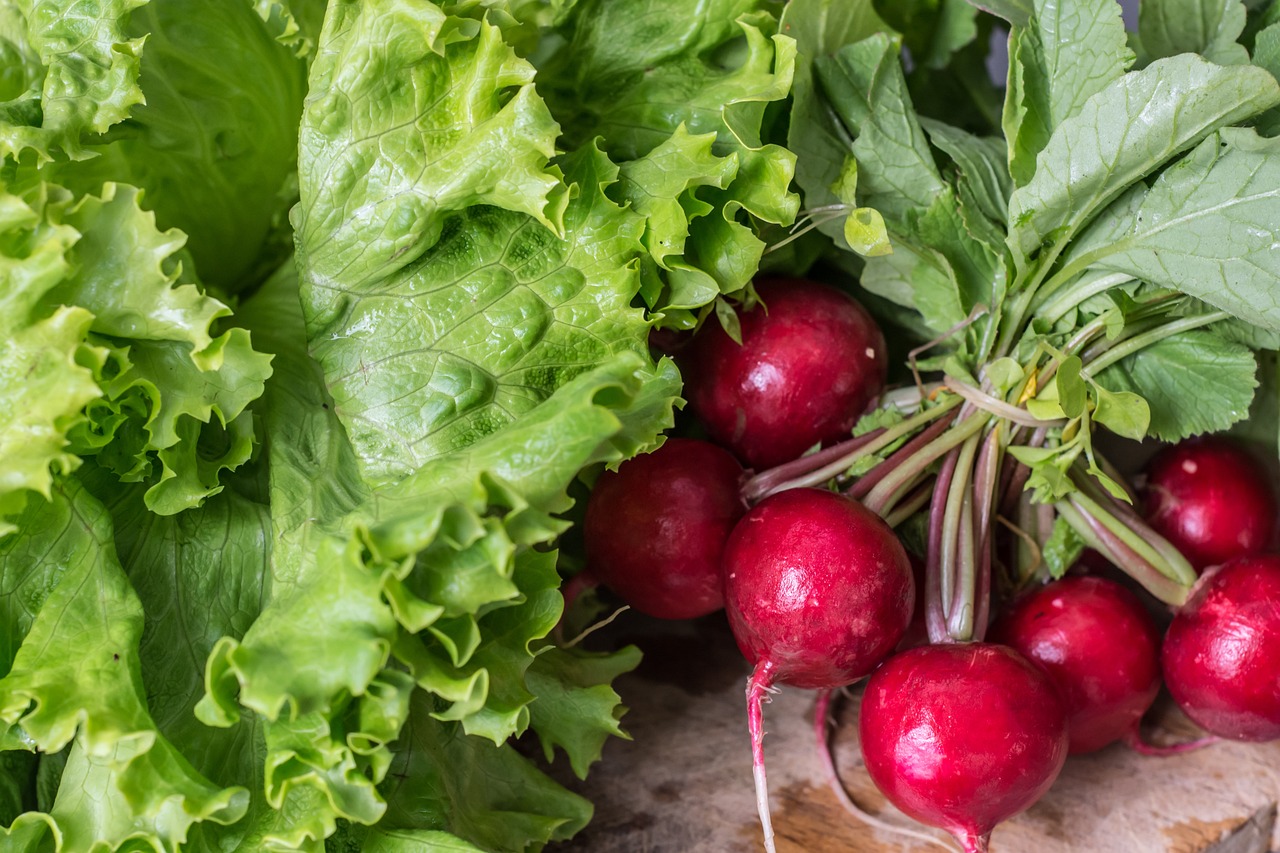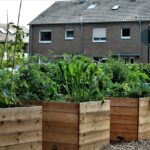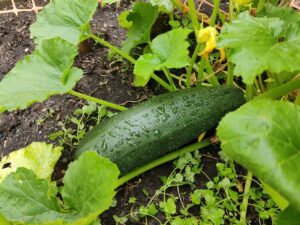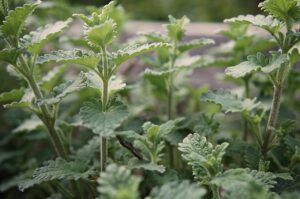A Guide to Vegetable Companion Planting
Companion planting is an age-old gardening technique rooted in the wisdom of our ancestors, who observed the natural relationships between plants and harnessed their symbiotic interactions for a more productive and harmonious garden. By growing different plants close to each other, companion planting enhances plant growth, improves pest control, and maximizes available space, making it a sustainable and eco-friendly approach to gardening.
In this comprehensive article, you will discover an extensive vegetable companion planting chart, as well as an in-depth exploration of the various benefits and effective strategies for successful companion planting. From understanding plant families and nutrient requirements to integrating companion planting with other gardening techniques, this guide will equip you with valuable insights and practical tips to create a thriving vegetable garden through the power of companion planting.
Section 1: The Vegetable Companion Planting Chart
| Vegetable | Good Companions | Plants to Avoid |
|---|---|---|
| 🍅 Tomatoes | Basil, 🥬 lettuce, 🧅 onions | 🥔 Potatoes, 🌽 corn |
| 🥬 Lettuce | 🥕 Carrots, 🥒 cucumbers, radishes | None |
| 🥕 Carrots | 🍅 Tomatoes, peas, 🧅 onions | Dill |
| 🌶️ Peppers | Basil, 🧅 onions, spinach | Beans, kohlrabi |
| 🧅 Onions | 🥕 Carrots, 🍅 tomatoes, 🥬 lettuce | Beans, peas |
| Beans | 🌽 Corn, 🥒 cucumbers, 🥔 potatoes | 🧅 Onions, 🌶️ peppers |
| 🥒 Cucumbers | Beans, 🥬 lettuce, radishes | Aromatic herbs |
| Squash | 🌽 Corn, beans, radishes | 🥔 Potatoes |
| Peas | 🥕 Carrots, spinach, turnips | 🧅 Onions, garlic |
| Spinach | 🍓Strawberries, peas, 🧅 onions | None |
| 🥦 Broccoli | 🧅 Onions, 🥔 potatoes, basil | 🍅 Tomatoes, 🌶️ peppers |
| 🥬 Cabbage | Beans, 🥔 potatoes, dill | 🍓Strawberries, 🍅 tomatoes |
| Kale | Beets, 🧅 onions, 🥔 potatoes | Beans, 🍅 tomatoes |
| 🥦 Cauliflower | Beans, 🧅 onions, 🥔 potatoes | 🍅 Tomatoes, 🌶️ peppers |
| Beets | Kale, 🥬 lettuce, 🧅 onions | None |
| Swiss Chard | Beans, peas, radishes | None |
| Radish | 🥒 Cucumbers, 🥬 lettuce, peas | None |
| 🍆 Eggplants | 🌶️ Peppers, beans, marigolds | None |
| 🌽 Corn | Beans, squash, 🥒 cucumbers | 🍅 Tomatoes |
| 🥔 Potatoes | Beans, 🥬 cabbage, 🌽 corn | 🍅 Tomatoes, squash |
Browse our seeds for sale at the following links: Herb Seeds, Fruit Seeds, Flower Seeds & Vegetable Seeds.
Section 2: Benefits of Vegetable Companion Planting
2.1 Natural Pest Control

Vegetable companion planting helps to minimize pests by attracting beneficial insects, confusing pests with diverse plant scents and appearances, and deterring pests through natural chemical defenses. This organic approach reduces the need for chemical pesticides and promotes a healthier garden environment.
2.2 Improved Pollination
By planting a variety of vegetables and flowers, companion planting encourages pollinators such as bees, butterflies, and other insects to visit your garden. Increased pollination leads to higher crop yields and more abundant harvests.
2.3 Enhanced Soil Fertility
Certain vegetable companion plants, such as legumes, fix nitrogen in the soil, making it more available to other plants. Planting vegetables with different nutrient requirements together can also reduce competition for resources, improving overall soil fertility.
2.4 Efficient Space Utilization
Vegetable companion planting allows gardeners to maximize space by growing plants with complementary growth habits. For example, tall plants can provide shade for shorter, shade-tolerant plants, and sprawling ground covers can fill in spaces between upright growers.
2.5 Boosted Plant Growth and Productivity
When certain vegetables are grown together, they can benefit from each other’s natural properties, such as growth-enhancing compounds or protection against pests and diseases. This mutual support can result in improved growth rates and increased productivity for both plants.
2.6 Biodiversity Promotion
Vegetable companion planting promotes biodiversity by creating a diverse ecosystem within your garden. This not only supports a healthy garden environment but also fosters a habitat for beneficial insects, birds, and other wildlife.
Section 3: Basic Principles of Vegetable Companion Planting
3.1 Understanding Plant Families
To succeed in vegetable companion planting, it’s essential to understand plant families and their unique characteristics. Plants within the same family often have similar growth requirements and are susceptible to the same pests and diseases, making it important to choose companions from different families.
3.2 Analyzing Plant Growth Habits
Consider the growth habits of each vegetable when planning companion plantings. Tall plants can provide shade and support for shorter plants, while ground covers can suppress weeds and conserve moisture. Understanding these dynamics will help you create complementary plant pairings.
3.3 Considering Plant Nutrient Requirements
Vegetables have different nutrient requirements, and some plants may compete for the same resources. By planting vegetables with complementary nutrient needs, you can reduce competition and optimize nutrient availability for all plants in your garden.
3.4 Taking into Account Allelopathic Interactions
Some plants release chemicals called allelochemicals that can have positive or negative effects on neighbouring plants. Understanding these interactions is crucial for successful vegetable companion planting. For example, marigolds release compounds that suppress harmful nematodes, while allelopathic plants like sunflowers or black walnut can inhibit the growth of other plants nearby.
Section 4: Combining Companion Planting with Other Gardening Techniques
4.1 Crop Rotation
Crop rotation involves changing the location of plant families in your garden each year to prevent soil depletion and break pest and disease cycles. Combining crop rotation with vegetable companion planting can further optimize soil fertility and pest management.
4.2 Intercropping
Intercropping is the practice of growing two or more crops together in close proximity to maximize space and increase crop diversity. Vegetable companion planting can be integrated with intercropping to create beneficial plant associations that enhance growth, reduce pests, and improve soil health.
4.3 Polyculture
Polyculture is a diverse planting system that includes multiple species of plants within a given area. You can create a more resilient, productive, and ecologically balanced garden by incorporating vegetable companion planting into a polyculture.
4.4 Succession Planting
Succession planting involves growing multiple crops in the same space throughout the growing season to maintain a continuous harvest. Vegetable companion planting can be combined with succession planting to maintain beneficial plant relationships as one crop is replaced with another.
4.5 Vertical Gardening
Vertical gardening involves growing plants on trellises, fences, or other vertical structures to maximize space and improve air circulation. By combining vegetable companion planting with vertical gardening, you can create a diverse, space-efficient garden that benefits from the unique advantages of both techniques.
Section 5: Tips for Successful Companion Planting
5.1 Start Small
Begin with a few well-known vegetable companion plantings, and gradually expand your garden as you gain experience and observe the results.
5.2 Observe and Adapt
Pay close attention to how your plants grow and interact with each other. Use your observations to adjust your planting combinations and improve your garden’s overall health and productivity.
5.3 Keep a Garden Journal
Record your plantings, successes, failures, and observations in a garden journal. This will help you track your progress and make informed decisions about future plantings.
5.4 Balance Plant Densities
Plant vegetables at appropriate densities to ensure that they don’t compete for resources such as light, water, and nutrients. Overcrowding can stress plants and make them more susceptible to pests and diseases.
5.5 Experiment with Different Combinations
Don’t be afraid to try new vegetable companion planting combinations. Some pairings may work better in your specific garden conditions than others. By experimenting, you’ll continue to learn and refine your companion planting strategies.
Conclusion
Embracing companion planting in your vegetable garden can lead to numerous benefits, including healthier, more productive plants and a more vibrant, diverse ecosystem. Utilize the vegetable companion planting chart provided in this article as a starting point, and remember that experimentation and adaptation are key to finding the perfect pairings for your specific garden.










